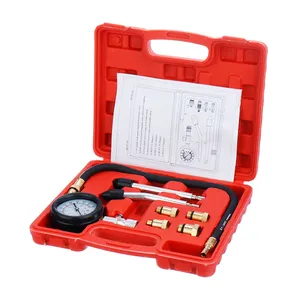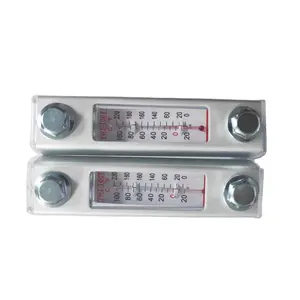Understanding Gas Cylinder Gauges
Gas cylinder gauges are essential tools for monitoring the pressure and content level within various types of gas cylinders, including propane tanks, oxygen canisters, and other industrial gas containers. These gauges provide critical information that ensures the safe and efficient use of the gas contained within.
Types and Applications
The variety of gas cylinder gauges includes propane tank gauge level indicators, oxygen cylinder pressure gauges, and fuel gauge propane tanks. Each type serves a specific purpose, from residential propane tanks to medical oxygen cylinders, highlighting their versatility across different industries.
Features and Materials
A propane gauge for tank is typically constructed from robust materials capable of withstanding environmental exposure. Features may include a clear display for easy reading, compatibility with various tank models, and resistance to corrosion. The rv propane tank gauge and camper propane tank gauge are designed for the rigors of mobile environments, ensuring reliability on the go.
Advantages of Accurate Gauging
Accurate gauges, such as a gas bottle level indicator or an oxygen tank pressure gauge, are crucial for maintaining the efficiency of gas usage. They prevent the risks associated with overfilling or running out of gas unexpectedly, which is particularly important in commercial settings where gas is a critical resource.
Selection Considerations
When selecting a gas bottle gauge or a gas level indicator for gas bottles, it is important to consider the specific requirements of the application, such as gas type, cylinder size, and environmental conditions. This ensures that the gauge provides accurate readings and maintains its integrity over time.
Integrating with Safety Protocols
Incorporating a propane tank level indicator or an rv lp tank gauge into safety protocols can significantly enhance operational safety. These devices serve as a first line of defense against pressure-related accidents, making them an indispensable component in any safety-conscious operation.
































 浙公网安备 33010002000092号
浙公网安备 33010002000092号 浙B2-20120091-4
浙B2-20120091-4